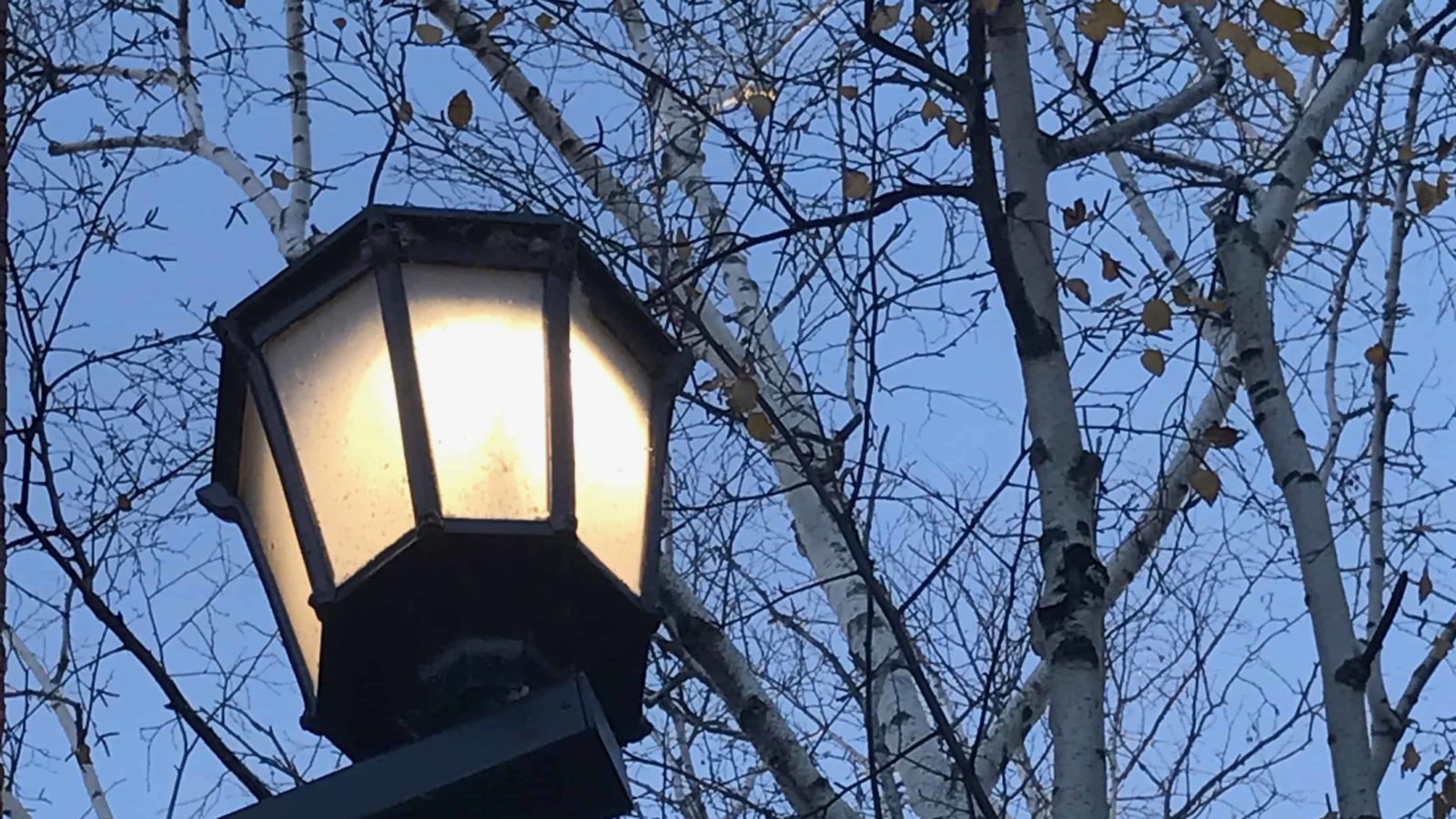The great poets Langston Hughes and Xavier Villaurrutia meet in Depression-era New York. Oh, this I want to read. It’s a short story in John Keene’s new collection, “Counternarratives.” And I’ll have a chance to hear him read aloud next week.
Keene is a writer, translator and editor, and he will come to Williams to share an evening with poet, novelist and editor Nathaniel Mackey.
It makes me glad we give a month to poetry in this country, because of the people who come to visit us and the people around me who stand up to speak, because I can hear their voices and the conversations they are part of, for an evening at least — Molly McCulley Brown at Bard College at Simon’s Rock, Terrance Hays at Bennington College and Natasha Trethewey coming in May, and Nathaniel Mackey —
‘… I stood pat, a rickety
sixty-six, tapped out a scarecrow jig in waltz
time, big toe blunt inside my shoe…‘
— lithe and forceful with an undertone of sadness that brings me back to a night of tap dance to Toshi Reagon’s blues.
And because of this evening coming at Williams, I’ve heard the voices of a man from Mexico City who came to New Haven and a man from New York who has lived in the Caribbean, Paris, Spain … and Toluca, about as far from Mexico City as Manhattan is from the Connecticut border. In the 1930s, in their 30s, Langston Hughes and Xavier Villarrutia lived just each side of New York City.
Villaurrutia is a poet and playwright from Mexico City studying at Yale and writing Nocturnes with a lamp at his elbow like the brass acorn student lamp on my desk. I grew up a few miles east of New Haven, and I know some of those Gothic stone dorms and some of those streets. My grandfather was a teenager then, and he knew that city, the university and the mill where his father worked, the elm trees on elm street and central streets paved in wood, and wooden ships still putting in to New Haven harbor.
But imagine them as Villaurrutia saw them, the back streets where he walked at night, the way people in his classes looked at him … He writes in free verse, and his lines are sharp with pain and sensual and achingly alone. He writes namelessness, dust and stars, men passing by — the nothing that is heard in this cistern of silence.
And in Harlem and New Jersey, Hughes is publishing in journals, and his poetry and essays are calls to action. He has travelled the world on jobs from crewman and sailor to historian’s assistant. He is already the blues and jazz poet at the center of the Harlem Renaissance. He is writing his own night scenes with a swinging rhythm and an edge cutting under it.
Then drowsy as the rain
soft sad black feet
dance in this juice joint
on the city street …
I think they would have understood each other. Hughes lived with his father in Mexico in his 20s. They would be speaking Spanish, and the same Spanish, the same idioms and profanities and wordplay. And Keene is a translator with an ear for many languages.
He has translated poets from Spanish into English, and he has called for translations into English of poets in many languages we rarely find here, now. It matters, he says, that readers in the U.S. hear black people and voices from the rest of the world and writers they influence. The Pakistani poet Meem Danish, Tamil novelist Sobashkati …
And now I want to hear them. Reading Keene’s work and thinking of conversations I have had in the last six months, I hear the pain in the voices of people who have told me they need to speak, need to feel someone listening, and it matters now. I hear Keene saying we are in crisis as a country because we are not hearing the stories of people who live here and people looking at us from their own countries.
I hear Langston Hughes and Xavier Villaurrutia holding that clear note in their own cities, almost a hundred years ago, and it could be this morning. And now, as I hear them, I want them to meet, to hold each other up and push each other. Hughes with his decisive movement, his insistence that he would write himself without fear or shame —
Let darkness
gather up its roses
cupping softness
in the hand
till the hard fist
of sunshine
dares the dark
to stand.
Reading many of his poems together I see he writes often in third person, in the impersonal I of the blues singer, in the stories of John Henry and Sojourner Truth, the busboy and the woman in the jazz club. And then Villaurrutia speaks in the dark, moving in his own mind, with his rhythmic freeform and images of isolation, bleak and beautiful, vividly sensory and suddenly void.
I too speak of the rose …
the uncreated rose
the night rose
the immaterial rose
the empty rose
it is the rose of touch in the dark …
Touch in the dark. And I think that’s what poetry is.That’s why it overlies this time of year naturally, when seeds are breaking and there’s life under the earth. And I want to thank John Keene for that thought and this story, for bringing these voices together, so I can see these two men within touch of each other.

